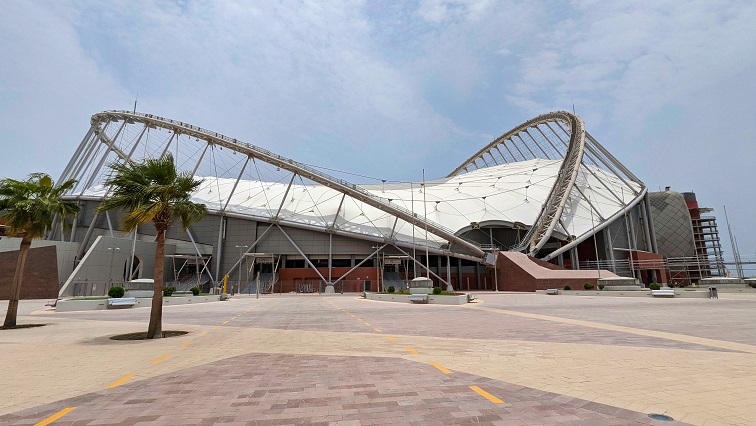Key Facts:
Host City: Doha
Capacity: 40 000 seats
Project Type: Upgraded
Completed: 2017
Matches:
21 November Group B: England v Iran 16:00-local time
23 November Group E: Germany v Japan 16:00-local time
25 November Group A: Netherlands v Ecuador 19:00-local time
27 November Group F: Croatia v Canada 19:00-local time
29 November Group A: Ecuador v Senegal 18:00-local time
1 December Group E: Japan v Spain 22:00-local time
3 December Round of 16: 1A v 2B 18:00- local time
17 December 3rd Place 18:00-local time
History and description
Khalifa International Stadium, also known as National Stadium, is a multi-purpose stadium in Doha, Qatar, as part of the Doha Sports City complex, which also includes Aspire Academy, Hamad Aquatic Centre, and the Aspire Tower. It is named after Khalifa bin Hamad Al Thani, Qatar’s former Emir.
The stadium was built to serve as the flagship venue for the 1976 Gulf Cup that was held in Qatar and could initially hold 20 000 spectators. Over the years, the stadium has been upgraded several times, most notably for the 2006 Asian Games, which increased its capacity to 40 000 seats.
In 2011 the stadium hosted six games of the Pan Arab Games all matches of the Qatar national team in the group stage, as well as the quarterfinals, semi-finals and finals of the tournament.
Khalifa International stadium has been the standard playing venue of the Qatar national team and has furthermore occasionally hosted international friendlies of other teams such as Argentina and Brazil.
When Qatar got awarded the 2022 World cup in 2010, Khalifa international stadium was naturally proposed as one of the playing venues, though an extensive upgrade was needed.
Works on the stadium started in 2014 and included a refurbishment of all stands, additional seating, additional hospitality facilities, and the construction of a large innovative roof membrane that covers 70% of the stadium. The iconic arch of the stadium was replaced with a new one and complemented with a second one.
The upgrade was completed in the summer of 2017, which made it the first 2022 World cup stadium to be finished.
On 17 December 2019, the stadium was scheduled as the venue for two 2019 FIFA Club World Cup matches, the fifth-place match and the semi-final between the CONMEBOL Libertadores champions and the winner of Match 3.
It eventually hosted the final, with Liverpool FC beating Flamengo 1-0 to become World Champions. Following the decision to host the 2022 FIFA World Cup in Qatar 2022, it was planned to increase the capacity of the stadium to 68,000, but that plan has later been revised.
Source: FIFA.com and FootballGroundGuide.com


